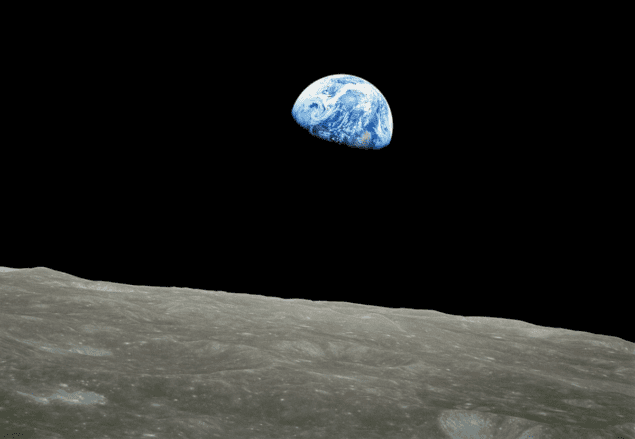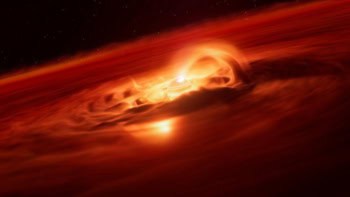

Every physicist knows that the most vexing questions come from non-physicists – and in particular, from children. Back in 2014 Juna Kollmeier’s son, then four, stumped her by asking can moons have moons? Being an astrophysicist at the Carnegie Institution for Science, she realized that no-one seemed to have worked-out the answer.
As far as we know, none of the moons of the planets in the Solar System have their own moon. But that doesn’t mean that such “submoons” can’t exist. Working together with Sean Raymond from the University of Bordeaux, the duo found that small submoons – around 10 km in radius – could survive but they would have to orbit large moons and be far away from the host planet. Moons that are too close to the planet or too small might lose their submoons as they crash into the moon or planet or are shot out into space.
So the answer is, yes, possibly. Hopefully her now eight-year-old son will be happy with the answer, despite it taking four years.
What do Copernicus, Langevin, Rutherford and Shackleton all have in common? They happen to have a crater on the Moon named after them. There are hundreds of thousands of craters on the Moon and while some have names, especially after famous scientists and adventures, many are instead specified by letters.
Now, two more craters have been officially named after the International Astronomical Union’s working group for planetary system nomenclature approved “Ander’s Earthrise” and “8 Homeward”. They have been designated to commemorate the 50th anniversary of the Apollo 8 mission, which carried out 10 orbits of the Moon in late December 1968. Indeed, the two craters are visible in the foreground of the iconic Earthrise colour photograph taken by astronaut William Anders aboard Apollo 8.



